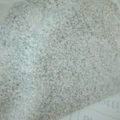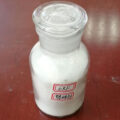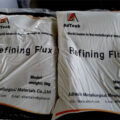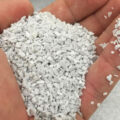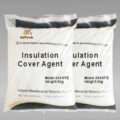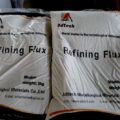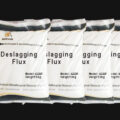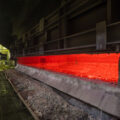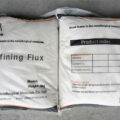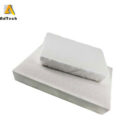With the continuous improvement of requirements for the purification treatment of aluminum and aluminum alloy melts, the defects of flux chemical purification have become increasingly prominent, which can no longer meet the needs of high-performance aluminum and aluminum alloys and environmental protection requirements. An effective way to solve this problem is to realize the physical purification of the flux from the thermodynamic conditions of the flux configuration and the satisfaction of the flux to the kinetic conditions of the aluminum and aluminum alloy melt purification process. The advantages of physical purification of metal foundry flux have been effectively verified in a large number of related research and production practices, and it has become the key to improving the purification level of aluminum and aluminum alloy melts.
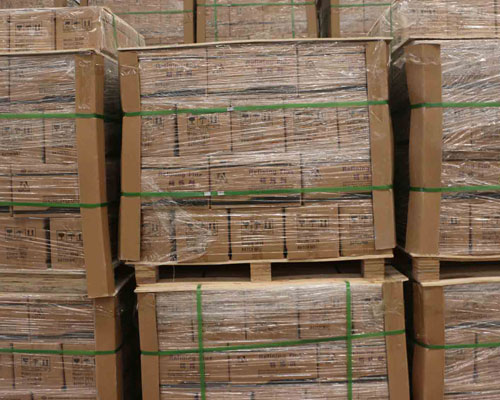
At present, the chemical composition of the metal foundry flux used in the purification of aluminum alloy melt is mostly chloride, fluoride, nitrate, sulfate, carbonate and cryolite, of which NaCl, KCl and MgCl2 are the most common.
A mixture of MgCl2 and KCl as the matrix of metal foundry flux is also often used in the melt processing of magnesium-containing aluminum alloys. In addition, a certain proportion of the mixture can also play a role in wetting and adsorbing melt inclusions, and the eutectic mixture formed by it has a lower melting point, which requires lower temperature for melt purification treatment.
The mixture of NaCl and KCl, which is widely used in production, is used as the matrix of the flux, which has a certain infiltration ability to Al2O3 inclusions or oxide film. Their infiltration angle with Al2O3 is only 20 degrees (26.9° at 740°C), and the flux is even at Before all melted, it began to flow along the surface of the Al2O3 film. The specific gravities of NaCl and KCl at the melting temperature are about 1.55 and 1.5, which are significantly smaller than the specific gravity of aluminum melt, so they can be spread well on the surface of aluminum melt and play a protective role. When they are in contact with the oxide film on the surface of the aluminum melt, they can penetrate into the pores and cracks in the oxide film. Under the action of the capillary pressure of the chloride salt, the oxide film is crushed into fine particles, which are adsorbed and absorbed. Suspended in the molten salt layer. Moreover, these alkali metal or alkaline earth metal chloride salts have very stable chemical properties and do not chemically react with aluminum.

